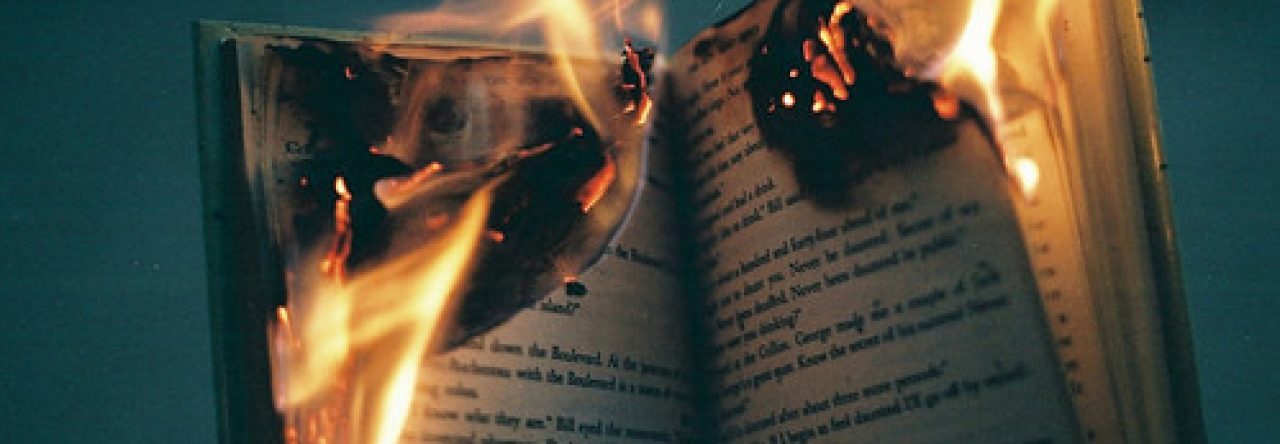Sept 18th, 2018
The first chapter of Jack Brink’s “The Buffalo Jump,” is an introduction into the vast expanse of what a buffalo jump is. Brink’s main idea throughout is that people today need to know more about and to appreciate what really happened at Head-smashed-In Buffalo Jump. The bloodshed, the happiness the fulfillment and the great events that took place. But most of all how large this procurement of food truly was, Brink mentions in many places that this was the biggest acquisition ever. Brink’s background in Archaeology brings an interesting twist to the history of Head-smashed-In that you wouldn’t see from a historian looking at written histories.
The theme that resonates the most in “The Buffalo Jump” is that that the people of the Head-Smashed-in deserve more spotlight. Due to the fact that their accomplishment was astonishing because of all the factors against them. A buffalo jump couldn’t be just any cliff. “Not only were buffalo jumps an extraordinary amount of work; they were the culmination of years of shared and passed-on tribal knowledge of the environment, the lay of the land, and the behavior and biology of the buffalo,” (Brink, P.13). The Head-Smashed-In Buffalo Jump was located in a perfect location for the people of plains to herd, feed and keep an eye on the bison. Through archaeological digs in the at the bottom of the cliff it was found that the jump is one of the oldest Buffalo Jumps dating back to around fifty-eight thousand years ago. One major flaw in Brink’s work is that he goes into too much detail on several occasions about land around Head-Smashed-in. This is where his background as an archaeologist makes it hard to stay focused on the main theme of the people of plains becoming known. His drifts into the geology of the land makes it hard to keep on track with his thoughts on the people of the plains.
Brink’s “The Buffalo Jump,” is a great piece to introduce one to the Head-Smashed-In Buffalo Jump but Brink’s profession of being an archaeologist clouds his expertise on his main theme. Making some parts of his work to be on the confusing side. But the idea of the people of plains needing their stories told is vital. A group of people with the technology they had back then being able to pull off what they did deserves worldwide spotlight and maybe people today learn a thing or two from what they did.
